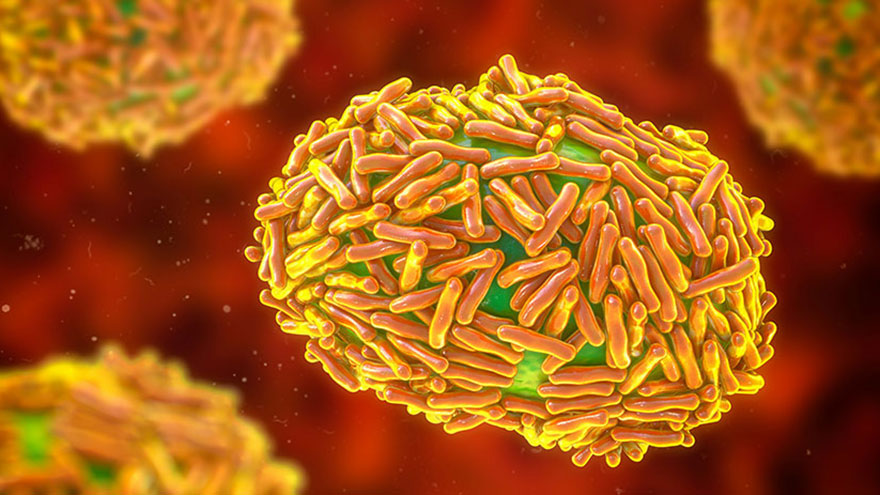What You Need to Know About Monkeypox
- Fall 2022

Monkeypox is a rare disease caused by the monkeypox virus. It’s from the same virus family that causes smallpox. Its symptoms are similar to smallpox but milder and rarely fatal.
The virus spreads from person-to-person contact. This includes direct contact with infectious rash, scabs or body fluids; respiratory secretions during prolonged face-to-face contact or intimate physical contact like kissing, cuddling or sex.
Monkeypox typically lasts for two to four weeks. Symptoms of monkeypox generally appear one to two weeks after infection and include:
- Fever
- Headache
- Muscle aches and backache
- Swollen lymph nodes
- Chills
- Exhaustion
- Respiratory symptoms like sore throat, nasal congestion or cough
- A rash with pustules that look like pimples or blisters and appear on the face, inside the mouth and on other parts of the body like hands, feet, chest, genitals or anus.
Sometimes people first get a rash followed by other symptoms. Other times people only experience a rash.
To protect yourself from monkeypox, practice good hand hygiene. Avoid close, skin-to-skin contact with persons who have a rash that looks like monkeypox. Also avoid contact with objects or materials a person with monkeypox has used.
If you have close personal contact with someone who has monkeypox, talk to your primary care provider. They may recommend you receive the monkeypox vaccine. You should also contact your primary care provider if you notice a new or unexplained rash or experience the other symptoms of monkeypox. While there are no specific treatments for monkeypox, certain antiviral medications used to treat smallpox may help.
For more information from the CDC and South Dakota Department of Health, visit the monkeypox page on our website.

